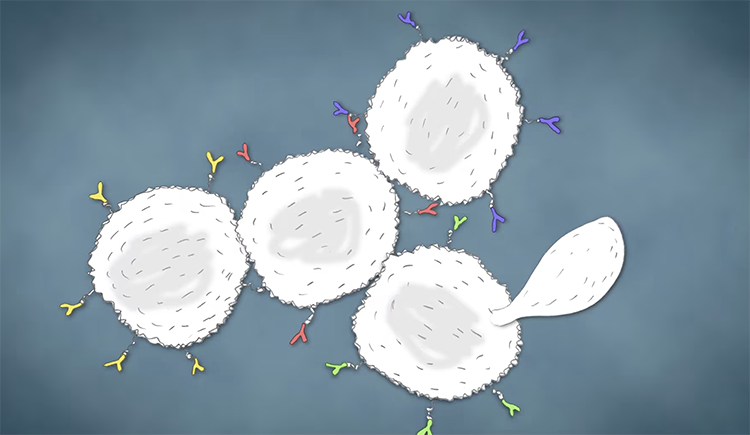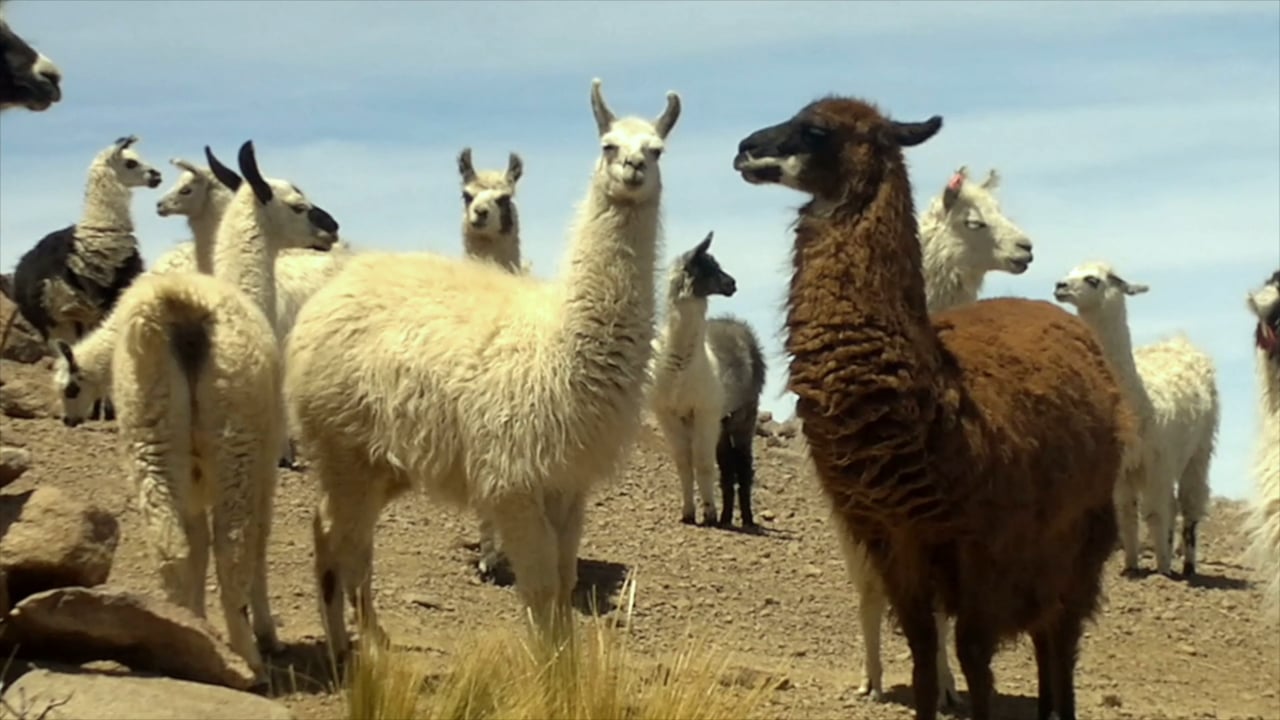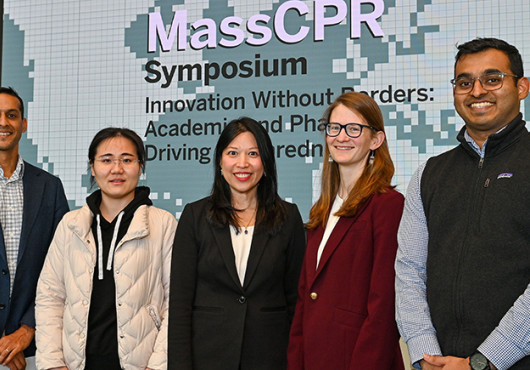
See inside a new technology that generates highly specialized antibodies for possible use in diagnostic tests and disease treatments. Video: Rick Groleau
This article is part of Harvard Medical School’s continuing coverage of medicine, biomedical research, medical education, and policy related to the SARS-CoV-2 pandemic and the disease COVID-19.
When harmful bacteria or viruses enter the body, immune cells spot telltale proteins known as antigens on the invaders’ surfaces and send out armies of antibodies to fend them off. If some of those antibodies have just the right shape, they can latch onto and block the antigens like the key to a padlock.
But our immune systems don’t always have the right antibodies to fight a particular invader. So over the past few decades scientists learned to work with animals such as camels and llamas, and to use synthetic design techniques in the lab, to generate antibodies that can be turned into medicines.
More than 85 antibody therapies have been approved by the FDA to date, including two granted emergency authorization for treating COVID-19.
Despite their success, current approaches have drawbacks. In an effort to leap these hurdles, researchers at Harvard Medical School and the University of California, Irvine, have developed a swifter, simpler, and cheaper adaptive technology to generate highly specialized antibodies.
They have already used the platform, dubbed AHEAD, to evolve antibodies against the virus that causes COVID-19. Other groups are now investigating those antibodies as the basis for diagnostic tests and therapies.
“We believe AHEAD will be a powerful tool for quickly discovering and optimizing antibodies, especially for addressing rapidly evolving pathogens,” said Andrew Kruse, professor of biological chemistry and molecular pharmacology in the Blavatnik Institute at HMS and co-senior investigator of the study with Chang Liu at UC Irvine.
Faster antibody discovery could accelerate drug development, diagnostic testing, and basic science experiments.
As reported June 24 in Nature Chemical Biology, the method uses yeast to make hundreds of millions of different synthetic antibody fragments called nanobodies. Researchers can drop their antigen of interest—such as the spike protein that SARS-CoV-2 uses to enter and infect human cells—into a vial of the yeast and see which nanobodies latch on.
The team engineered the yeast so that the nanobodies evolve with each generation. That allows researchers to take the first-round winners, put them in a new vial, and conduct a second sort to get nanobodies that lock onto the antigen even more successfully. They can run additional rounds until they’re satisfied that they have one or more nanobodies that bind well, and bind only, to the disease-causing antigen, maximizing the chance of developing a therapy that is effective and has minimal side effects.
The whole process uses standard laboratory yeast culture techniques and takes just one and a half to three weeks. Researchers can hunt for nanobodies against many different antigens at the same time.
“We can evolve antibodies at previously inaccessible speed and scale,” said Kruse. “It’s a new way of doing combinatorial protein engineering.”
AHEAD is short for Autonomous Hypermutation yEast surfAce Display.
The work builds on an earlier platform led by Kruse and a colleague at the University of California, San Francisco. The new version differs in its autonomous evolution abilities, which mimic the way antibodies naturally evolve in llamas and camels.




